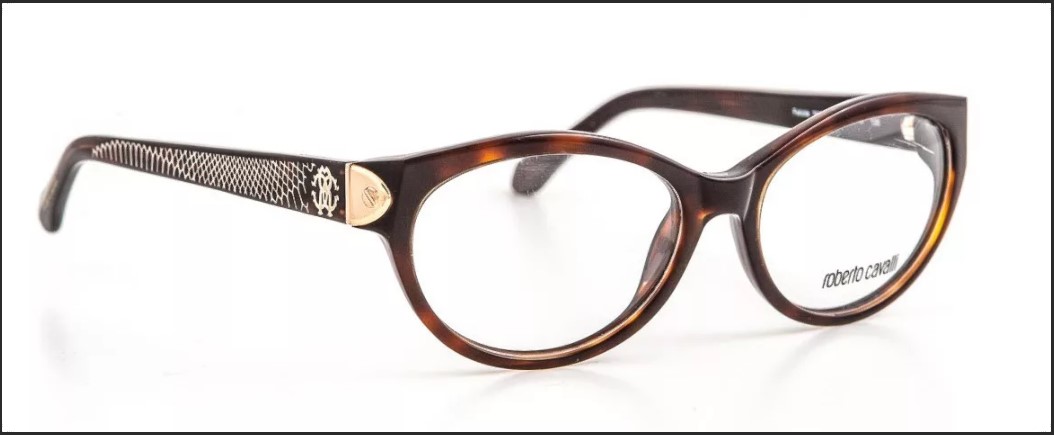Properly selected glasses are the key to not only good health, but also self-confidence. With this accessory you can significantly transform your look. Therefore, the choice of frames should be approached with the utmost seriousness. Further in the article we will look at the types of frames and find out what materials they are made from.
What does the frame consist of?
A frame is an integral part of glasses, a kind of frame for fixing lenses made of plastic or glass. This is what allows you to wear glasses comfortably.

The design consists of the following parts:
- Frame – the front part that fixes the lenses. Consists of frames into which lenses are inserted.
- Bridge holds the rims of the frame. It may have nose pads to help distribute the weight of the product evenly, or it may be naked.
- Temples keep the frame in the desired position. Must be of appropriate size and curvature. In optical shops they are often tailored to suit a specific person.
- Hinges keep the frame and temple together. A more modern fastening option is flexes, which prevent loosening of the structure.
- Tips – soft ear pads made of silicone or plastic. They protect the skin from possible reactions to the metal.
Attention! To provide a larger viewing angle, the size of the headbands should be sufficient, but the glasses should be comfortable and not put pressure on the face.
Design types of frames
For many people, glasses have become a style element. Thanks to the large assortment, it became possible to wear this accessory even for people who do not suffer from eye diseases. Based on design features, the following types of frames can be distinguished:
Rim-shaped. This is the most common and popular option. The place for lenses is located within the rims.

Semi-rimless. There is only an upper or lower border that fixes the lens. In this case, nylon fishing line is often used.

Folding. They can easily and quickly change their appearance. Convenient and easy to use.

Rimless. In this case, the lenses are attached with special screws directly to the frame. The rimless option is preferred by those who do not want to emphasize their glasses.

Frame materials
Frames can be made of different materials. Not only the appearance of the product, but also its weight, wear resistance, reliability, and wearing comfort depend on their choice. This is also the main criterion when determining the cost of an accessory. Next, we will consider the most popular types of raw materials.
Metal
For a long time, metal glasses were the best sellers. Today they hold a confident second place. The material is quite light, beautiful and durable, and can be combined with different styles of clothing and all accessories.

Frame made of precious metals with stones.
The downside is its ability to cause allergies during prolonged wear. Also, over time, the surface may oxidize.Different types of metals can be used in the creation of products: copper alloys, aluminum, stainless steel, titanium, precious metals.
Titanium frames are recognized as one of the best. They are easily identified by their grayish or silvery color. This is one of the light, durable and hypoallergenic types of raw materials used in optics. Frames made from it are spectacular and luxurious, looking expensive and status-worthy. VIP-class products are made of titanium, if we are talking about metal.

Titanium frame.
For mass production, only titanium alloys are used in combination with other components. There is another unique material - flexon. This nickel titanium compound. Marchon Eyewear received an exclusive patent for this development.
Important! Flexon has memory and even after severe deformation it returns to its original parameters. Therefore, such products are often bought for children.
Plastic
 This material is most often used for mass production. The most common is cellulose acetate, chemically extracted from cotton. This is the most budget type of plastic. It is easy to process, impact-resistant and resistant to high temperatures.
This material is most often used for mass production. The most common is cellulose acetate, chemically extracted from cotton. This is the most budget type of plastic. It is easy to process, impact-resistant and resistant to high temperatures.
Among the disadvantages, it is noted that in places of contact with the skin, under the influence of sweat, the material gradually discolors. In addition, it fades in the sun and is capable of deformation. However, such glasses can be quickly replaced with new ones.
Plastic has many advantages:
- ease;
- strength;
- affordable price;
- durability;
- variety of colors.
Important! Almost no collection of famous brands is complete without plastic frames.
Natural materials
Such natural materials such as wood, bone, horn, leather, tortoise shell and others, are used much less frequently than plastic and metal.This is explained by the high cost and the need for manual production. The high cost of wood products is associated with the use of valuable species. These frames fall into the elite category.

Buffalo horn frame.
Their advantages include:
- environmental friendliness;
- hypoallergenic;
- unusual design;
- aesthetic qualities.
Reference! Often, when producing glasses, materials are combined to create the most comfortable and aesthetic options.

Frame made of tortoise shell.
Thanks to the wide variety, each person will be able to choose the right frame depending on their personal wishes. As a rule, glasses are purchased for a long time, so when choosing, it is better to consult a specialist. After all, the product should not only be beautiful, but also comfortable.


 0
0





